I know, you WANT a smoothie, right? Which is why you came here looking for the Whole30 smoothie rules! I have some good news and some bad news. Let’s start with the bad news.
A question I get a TON is: “Are smoothies Whole30 Compliant?”
Whole30 Smoothies are not recommended. Read the official Whole smoothie rules below.
Whole30 Smoothie Rules:
The Whole30’s official stance on smoothies is: “We’d rather you didn’t.”
To further explain the Whole30 smoothie rules, from my very favorite Whole30 book, The Whole30: “This is a very popular question, with a very unpopular answer. Smoothies (generally using lots of fruit) are technically compliant on your Whole30, but we strongly recommend against them. Food that you drink sends a different satiety signal to your brain than food that you chew. So when you drink your meal, your brain isn’t getting the feedback it needs to tell your body that you’ve eaten – and you get hungry again fast, even though you just ingested plenty of calories (mostly in the form of sugar). Plus, as they are generally fruit-heavy, a breakfast smoothie sets you up for cravings, hunger, and volatile energy levels throughout the day. In summary, eat your food and skip the smoothie, especially for breakfast.” p. 72
The above statement pretty much sums up the Whole30 smoothie rules, BUT I want to go even more in depth into the why below, mostly from the Whole30’s book on the Science behind the Whole30 called It Starts with Food.
The follow up question I get a lot is some form of “Can you have protein shakes on Whole30?” or “Are protein shakes allowed on Whole30?”
Protein shakes, or smoothies made in a particular way and in certain circumstances are ok… Read on, my friend.
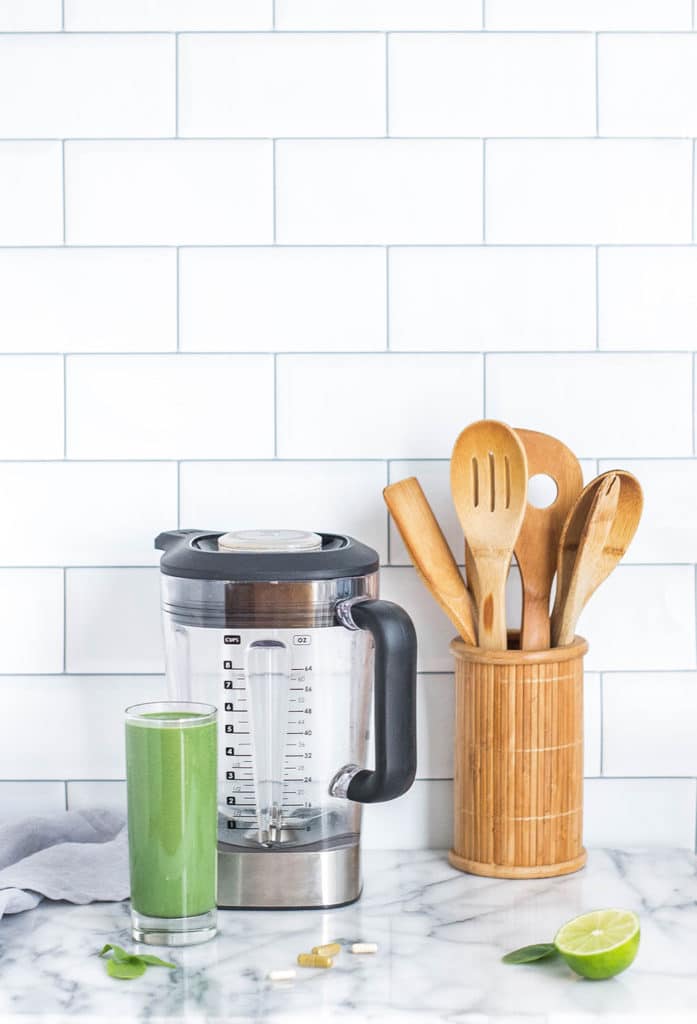
A long list of the why behind the Whole30 smoothie rules:
- Too much fruit: On the Whole30, 1-2 servings of fruit are recommended per day. Even ONE smoothie typically has more servings than that.
- The trouble with liquid foods: From the Whole30’s first book It Starts with Food, “Liquid foods, while convenient, don’t promote the same satiety response as eating real food…. A smoothie is likely to fill you up short-term but leave you hungry between meals, especially if you drink it all by itself.” (p. 192)
- Playing catch up: When you start your day with almost entirely carbohydrates from a Whole30 smoothie, you’re going to be playing catch up the rest of the day with protein and fat… that’s not a good place to be!
- Fruit is better in small servings and throughout the day! (see the next point)
- Stress on your liver: “Remember, fructose (one of the sugars found in fruit) must be processed by your liver. Large amounts of fruit in one sitting can put a burden on your liver, especially if you’re still working through insulin resistance or obesity.” It Starts with Food p. 192
- Volatile!: “Finally, from our perspective, when clients eat a bunch of sugar first thing in the morning, they are far more likely to experience volatile energy swings, sugar cravings, and abnormal levels of hunger throughout the rest of their day.” It Starts with Food p. 193
- Addressing your habits: If you’re in the habit of starting your day with a smoothie every. single. day. OR you often replace a meal with a smoothie, you are likely not a good candidate for drinking smoothies on your Whole30. Why? Because one of the things that makes the Whole30 different is that it addresses your habits. Using a smoothie as a meal replacement is not a good habit. (see the above reasons). “Remember, addressing your habits is the most important factor in making sustainable healthy eating changes.” It Starts with Food p. 193
- Smoothies can be a trigger: especially for those with a history of disordered eating, smoothies can be a trigger. For more on this topic, read my friend Courtney’s post here.
Ok, so knowing the above, you’re still wondering if you can have a smoothie, right?
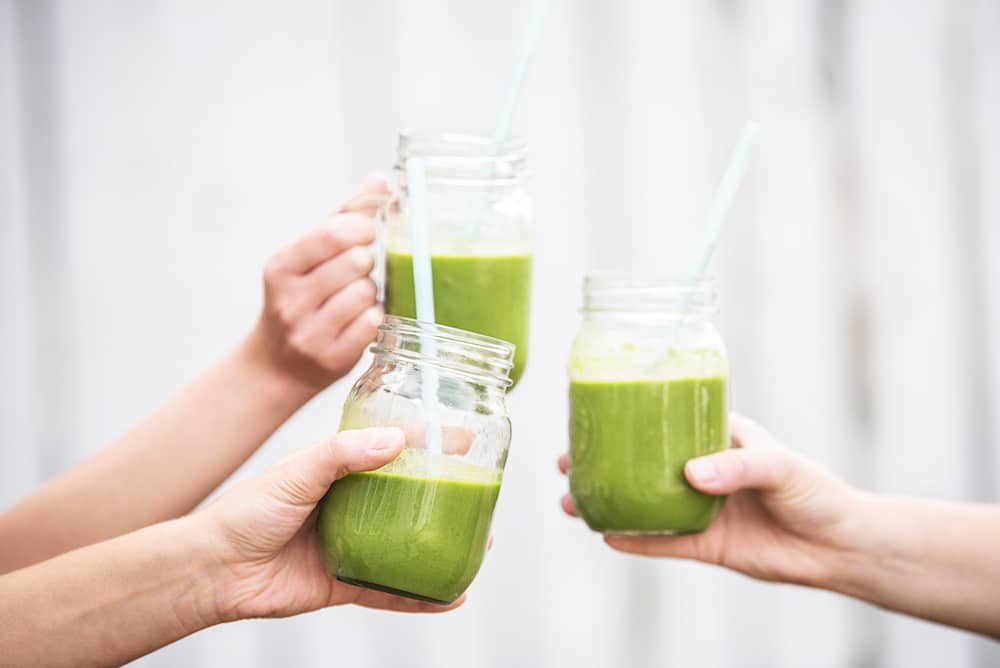
How and When Whole30 Smoothies Can Be Appropriate:
- If you want to drink a smoothie on your Whole30, it should NOT just be a fruit-and-nut-milk situation.
- Try to build your smoothie with protein (see here for my list of Whole30 Approved protein powder options), healthy fats, greens like kale or spinach, veggies, and SOME fruit. For some ideas, you can Google “Keto Smoothies.” These are naturally going to be higher in fat and protein, much lower in fruit and carbohydrates. Just remember to check the ingredients! They may add sweeteners, which are NOT Whole compliant.
- In MOST situations, a smoothie is best when it is ADDED to a meal, versus being a meal replacement altogether.
- Pregnancy + Breastfeeding: Whole30 smoothies can be a GREAT option for someone who’s pregnant or breastfeeding. During this phase of life you need extra calories (potentially even extra meals), and Whole30 smoothies can be a great choice. This is especially true if you are experiencing morning sickness, food aversions, excess hunger, or acid reflux and smaller, more frequent meals helps. For more info on Smoothies while pregnant, check out this Whole Mamas blog post!
- Your job: Whole Smoothies can be an okay option if your job literally doesn’t allow you to stop to eat. I will challenge you with this one, because if there’s ANY way that you can stop, sit down, and eat a meal, I would encourage you to do that instead of using a Whole30 smoothie as a meal replacement. (This idea was from Whole30 Coach Staci Patton).
- Working out: Since those who are really active need added calories, smoothies can fill this need. For a pre-workout solution: make a fat/ protein based smoothie. For a post-workout solution: make a protein/ carb-dense veggie smoothie. Even in this situation, you may still find that eating whole, real foods work even better for your “gains” than smoothies! 😉 [Straight from Whole30 Coach and gym owner Heather Maio!] Try it!
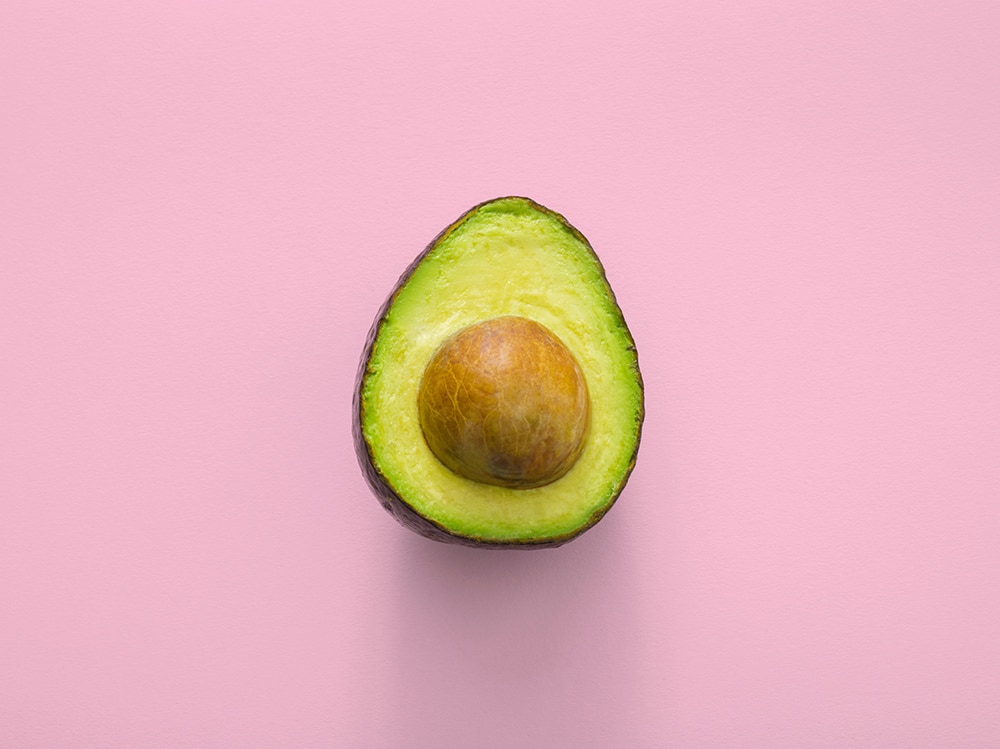
How to build a great Whole30 Smoothie:
We’re trying to base this smoothie off of the Whole30 Meal Template as much as possible! How much you need of each of these items is determined by your use (especially if you’re fueling / recovering from exercise). Play around with these options and find something that works for you! Blend and enjoy!
- Your Whole30 Smoothie Base: Use enough to make your smoothie the consistency you want! Whole30 Compliant Almond Milk, Whole30 Compliant Coconut Milk, or water
- Start with a healthy fat! This can be from coconuts (fresh coconut meat, full fat coconut milk, coconut flakes, coconut butter, MCT oil, etc), avocado (fresh or avocado oil), seeds (chia, flax, hemp), or ghee, nuts or nut butter.
- Add in protein! For a list of Whole30 Approved Protein powders, click here!
- Leafy Greens: Kale, spinach, or microgreens! Trust me, you really can’t taste them! You can even get creative and include fresh herbs!
- Vegetables: Zuchinni (it makes it really creamy!), cauliflower, carrot… Some good carb-dense veggies for post-workout include: sweet potatoes/ yams, taro (a root veggie), butternut squash, acorn squash, pumpkin, or beets.
- Fruit: remember, we want to keep this minimal, under 1 cup total. Unsweetened Acai Purée (you can find it in the frozen section), apples, bananas, berries (your best bet for lower sugar- blackberries, blueberries, raspberries, strawberries, etc), cantaloupe, cherries, dragonfruit, honeydew, kiwi, mango (higher in sugar), oranges, papaya, peaches, pears, pomegranate, watermelon.
- Extras: I love adding psyllium husk powder or acacia fiber for extra fiber – it helps keep you fuller longer! You can also add any spices you’d like! Think cinnamon, nutmeg, cardamom, etc!
Want to save this Whole30 Smoothie Rules to reference later? Pin it here!
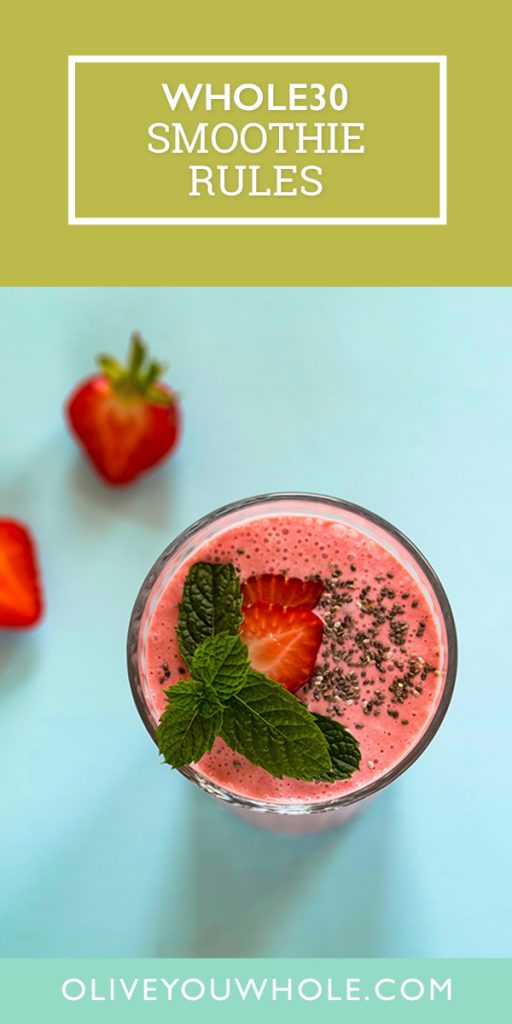

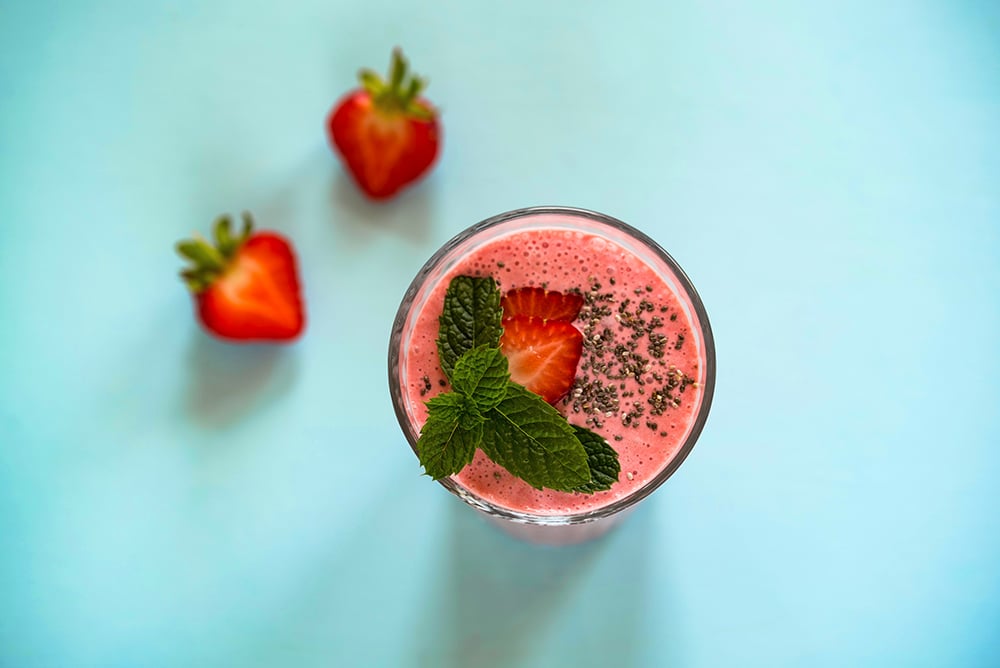
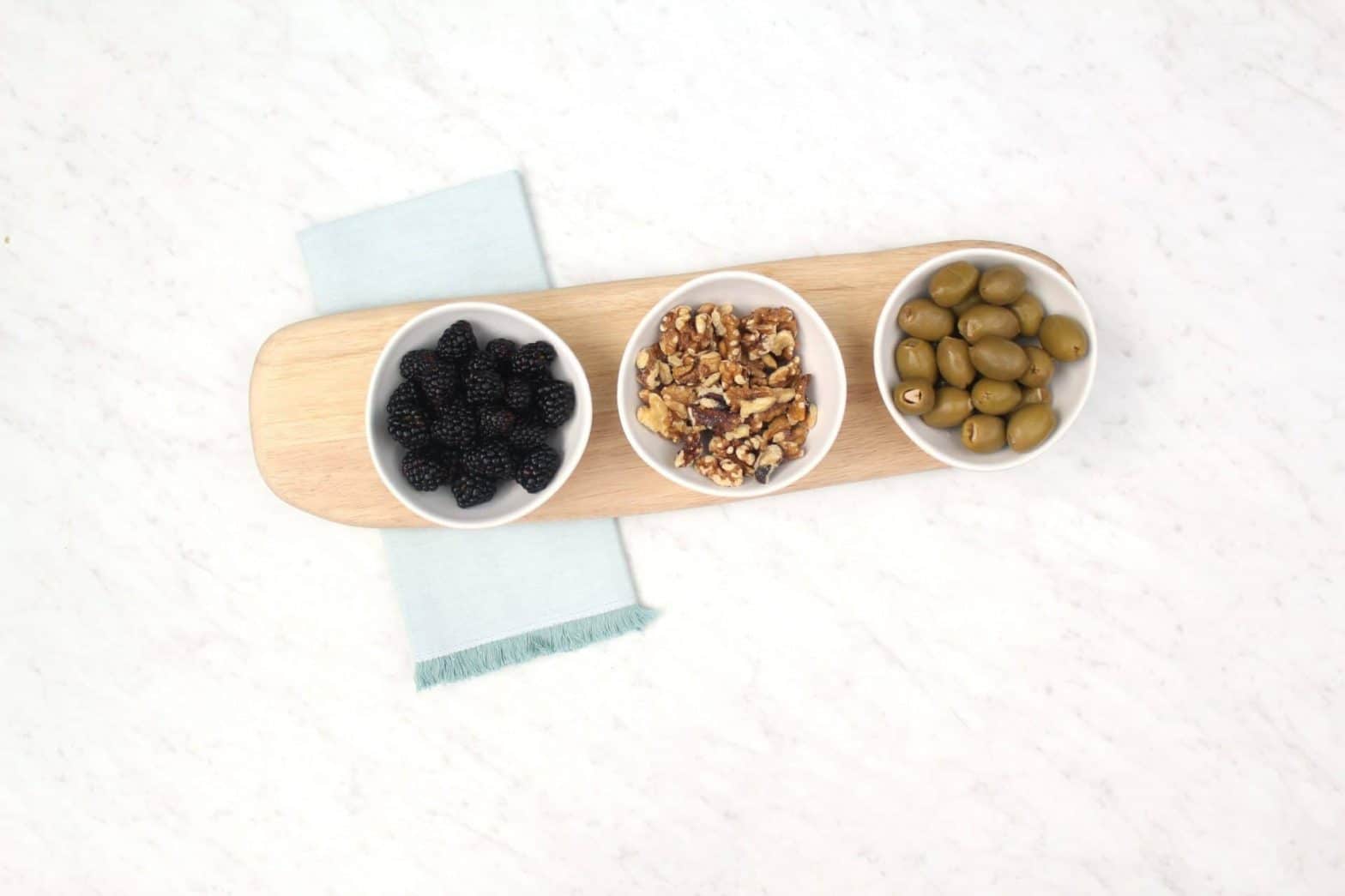
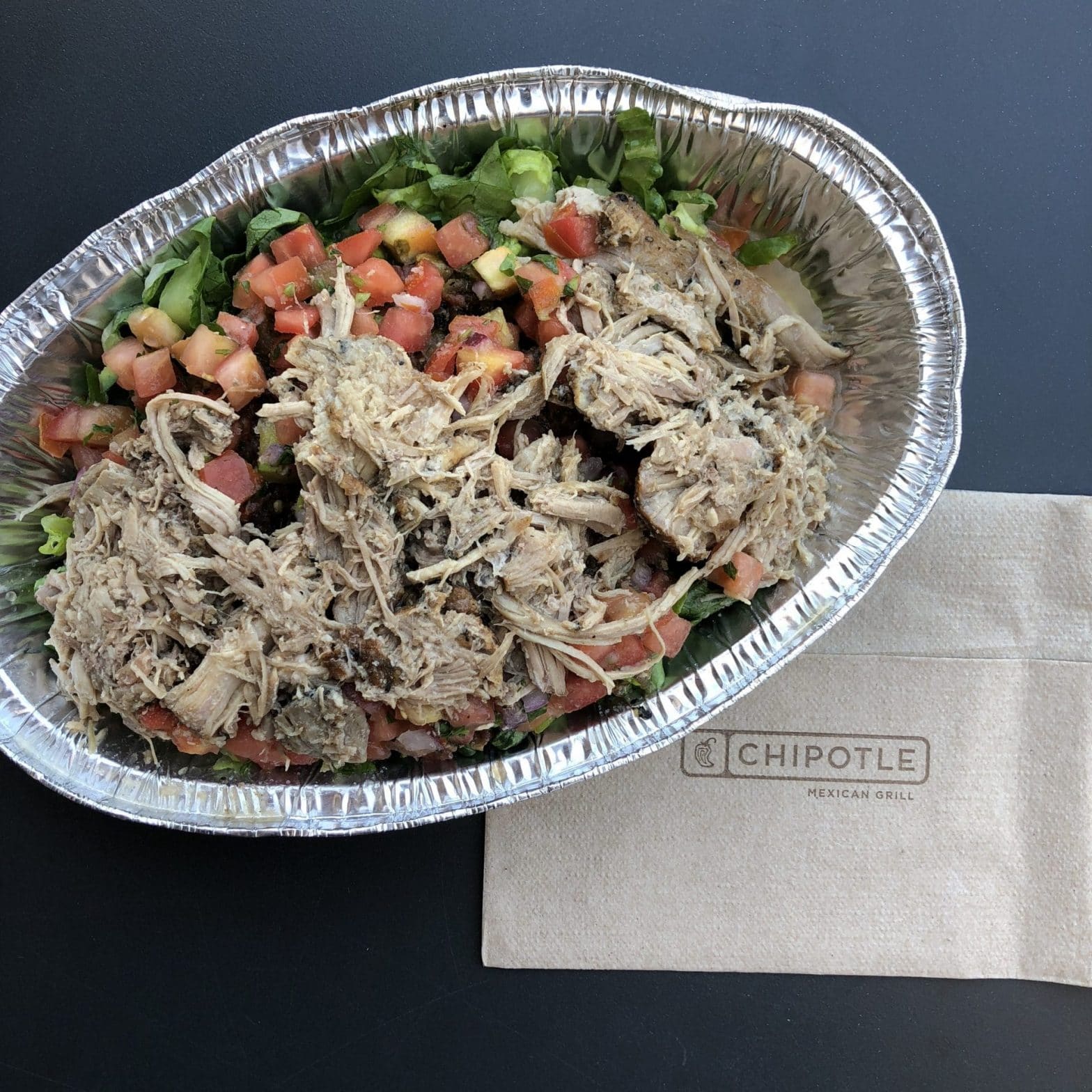
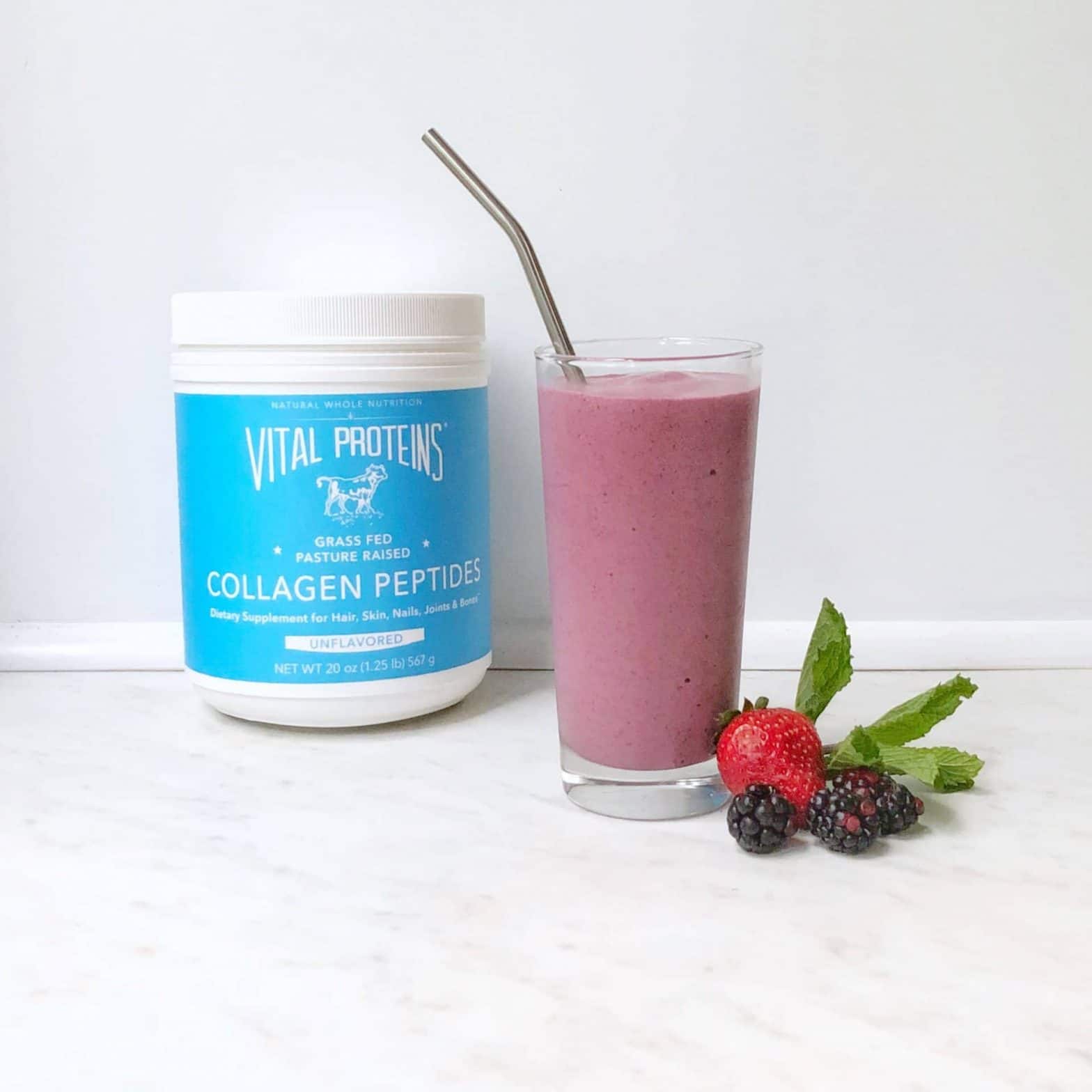
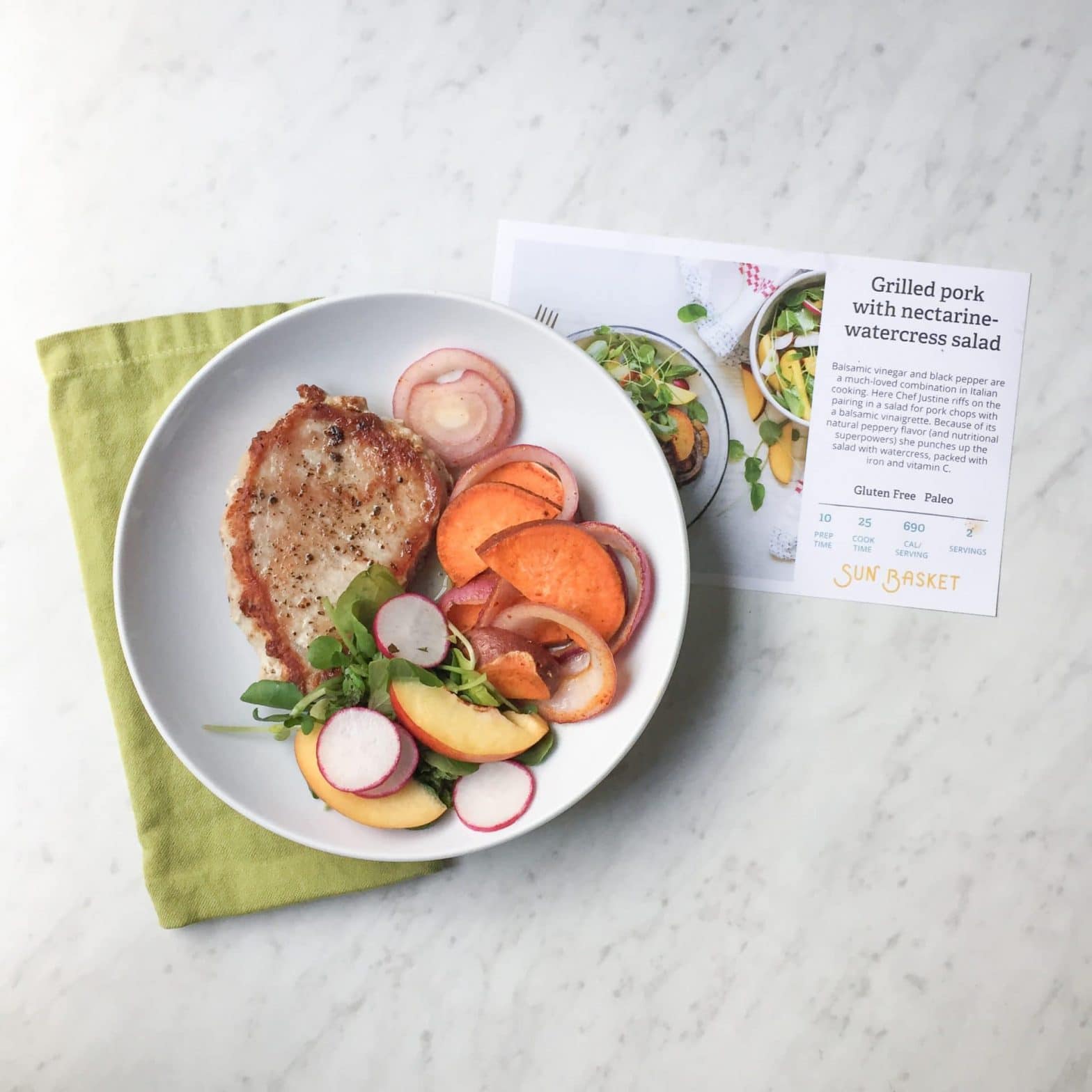

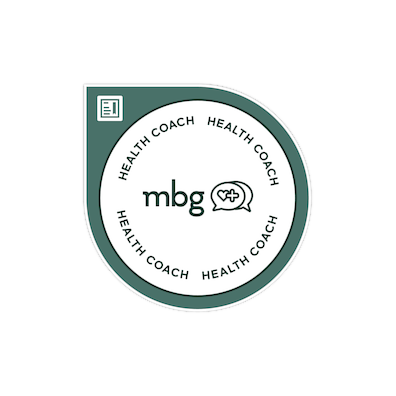

Hey there! When you add your vegetable, does it need to be cooked? Mainly referring to some of the squashes: zucchini, butternut, etc. Thanks for some rules on smoothies!